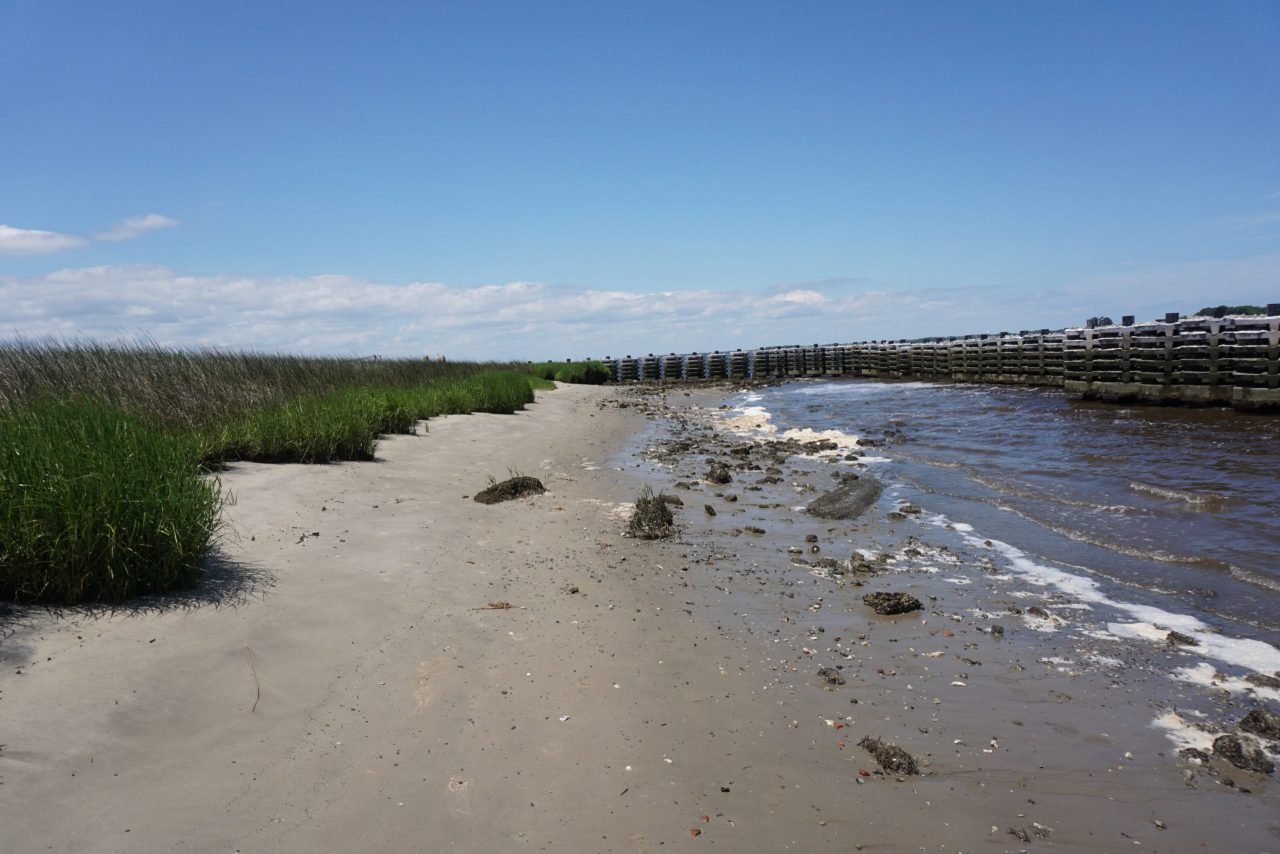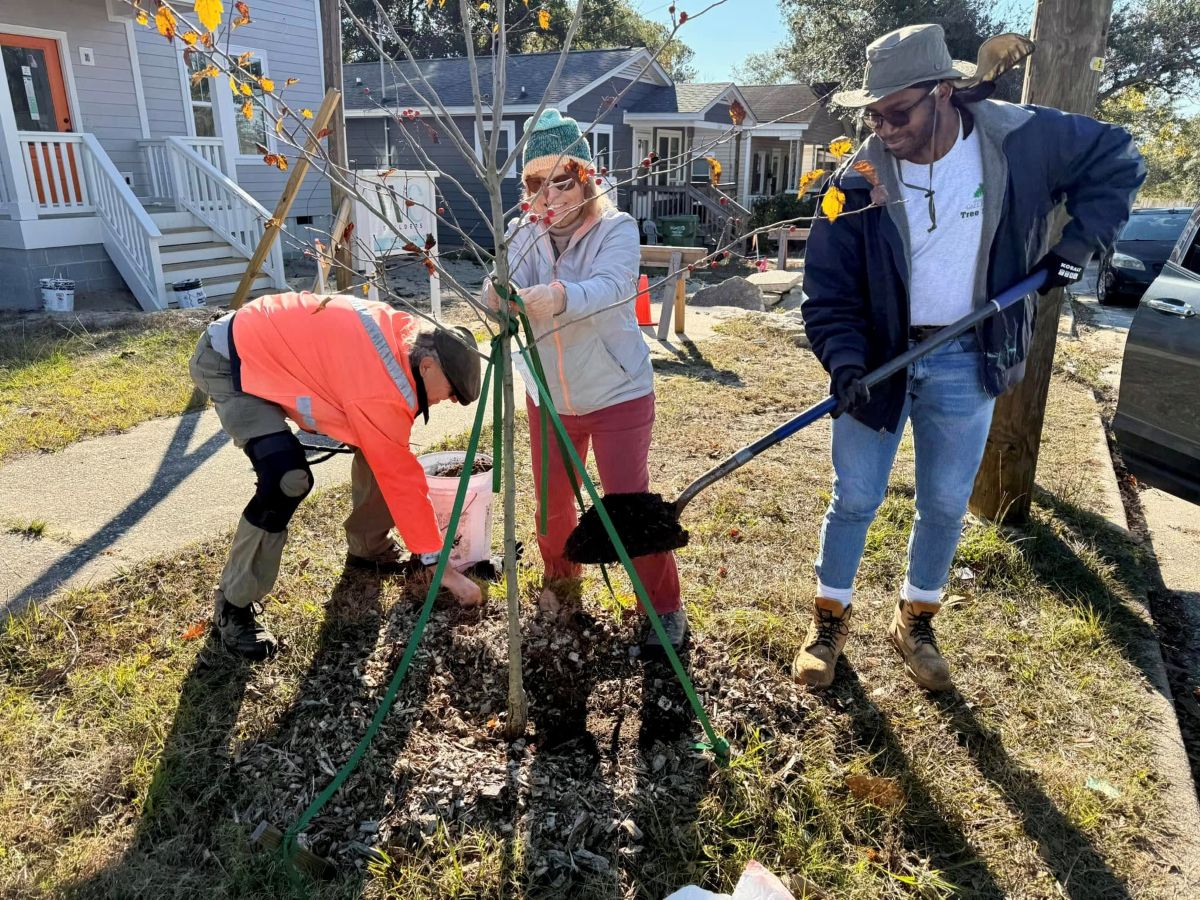
Another step has been completed to save Brunswick Town and Fort Anderson from rapid shoreline erosion.
Scenic Consulting Group, a coastal and environmental engineering firm focused in environmental planning and coastal management based in Wilmington, announced last week the completion of Phase 3A of a shoreline stabilization and restoration project at the state-owned historic site.
Supporter Spotlight
Brunswick Town was a major preRevolutionary port on North Carolina’s Cape Fear River that was razed by British troops in 1776 and never rebuilt. Fort Anderson was built on top of the old village site during the Civil War, and served as part of the Cape Fear River defenses below Wilmington before the fall of the Confederacy, according to the state.
Brunswick Town staff noticed in spring 2008 an increase in erosion along the site’s river shoreline and coastal resources related to the widening and deepening of Cape Fear River from NC Ports Wilmington to the Atlantic Ocean to accommodate large vessels to the port, creating a ship passing lane in front of the historical site, Scenic Consulting Group officials said.
The accelerated erosion quickly uncovered and destroyed three Colonial-era wharfs and damaged the Civil War-era earthwork batteries. Many other historical archaeological artifacts were being washed away.
An Atlantic Reefmaker, a wave attenuation technology that allows water to flow through and dissipate wave energy, was installed in the first phase of the project involving 220 feet of structure along the area with the highest erosion. The second phase included installing 240 feet, just before Hurricane Florence hit the coast in September 2018.
Phase 3 of the project was split in two. Phase 3A was completed in May involving 468 feet of Atlantic Reefmaker. Phase 3B work has begun. The shoreline protection project is expected to total 742 feet in length and include the Atlantic Reefmaker structure.
Supporter Spotlight
Scenic Consulting Group principal Randy Boyd said in a statement that the company appreciates the continued confidence of the state and the opportunity to design and install the innovative wave attenuation structure in Phase 3A to protect and restore the natural and historic site.
“The Atlantic Reefmaker was able to meet the challenges at the historic wharfs with its minimal substrate impact. The State and Scenic Consulting Group are pleased with the resiliency of the structure along with its dissipation abilities for vessel-generated waves. An added bonus is the environmental benefits of shoreline accretion, marsh grass expansion and marine life utilization,” Boyd said.







